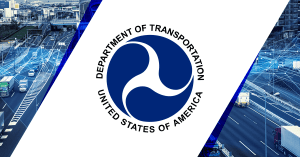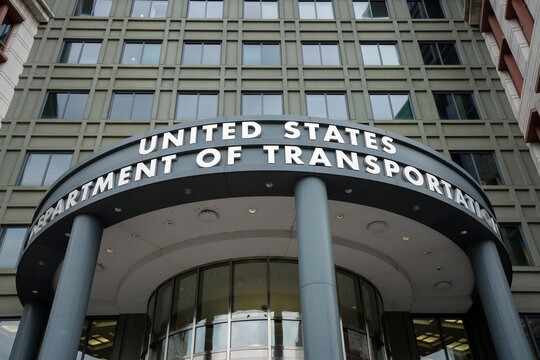Despite historic levels of investment, America’s infrastructure remains stuck in mediocrity. The American Society of Civil Engineers (ASCE) has released its 2025 Infrastructure Report Card, and the nation scored a C — a marginal improvement over 2021’s C-, but still far from the resilient, future-ready system the country aims for.
This signals a stark reality: billions are being spent, but the transformation is far from complete.
66,000+ Projects Funded, But Core Challenges Persist
The Infrastructure Investment and Jobs Act (IIJA)—signed into law in 2021—unleashed an unprecedented $1.2 trillion in funding, of which $568 billion has already been allocated across over 66,000 projects nationwide. Yet, critical infrastructure sectors continue to lag:
- Roads: Over 40% of U.S. roads are rated poor or mediocre. Congestion and maintenance backlogs remain chronic, especially in urban centers.
- Energy: The national electric grid’s reliability has been downgraded to D+, amid rising extreme weather events and slow grid modernization.
- Transit: Public transit systems are underfunded, aging, and underutilized post-pandemic.
- Schools: Educational infrastructure continues to suffer from deferred maintenance and outdated facilities, especially in rural and underserved communities.
A $9.1 Trillion Problem — and a $3.6 Trillion Shortfall
The ASCE estimates the total infrastructure investment need through 2030 at $9.1 trillion. However, the current public and private funding trajectory will only deliver $5.5 trillion—leaving a $3.6 trillion gap.
That shortfall is more than just a number. It translates into:
- Slower economic growth
- Reduced quality of life
- Vulnerability to climate events
- Missed opportunities in sustainability and innovation

A Wake – Up Call for Investors and Innovators
Behind the bleak scores is a different kind of signal: massive opportunity. The infrastructure gap opens doors for:
- Private capital and PPP models to scale investment
- Tech-first companies to modernize planning, materials, and maintenance
- Green infrastructure players to align with new climate and resilience mandates
Firms like AECOM, JacobsConnects, and McKinseyInfrastructure are already positioning themselves at the intersection of engineering, sustainability, and digital transformation—developing smarter, more efficient ways to plan and execute infrastructure upgrades.
What’s Next?
Policymakers face a balancing act: continuing to fund big-ticket federal projects while incentivizing innovation and accountability at the state and local level. Simultaneously, there’s a push to integrate climate resilience, equitable access, and smart technologies into every future-ready build.
As ASCEGovRel and USDOT reaffirm, the goal isn’t just repair — it’s reinvention. And 2025 is the pivot year where intent must translate into long-term impact.
Source: ASCE 2025 Report Card, U.S. Department of Transportation briefings, April 2025



 Share your Details for subscribe
Share your Details for subscribe